Whats this sticky residue and how to get rid of it
eileenlaunonen
14 years ago
Featured Answer
Sort by:Oldest
Comments (32)
annie1992
14 years agoRelated Discussions
How do you get rid of a sticky?
Comments (12)That's interesting that you don't get them on your iPad sunnibel. If you look at the bottom of this screen you will see 'Learn more about in-text links on this page here'. What you see is certain words within posts in a different colour and if you are unfortunate enough to hover your cursor near them an ad fills the middle of the screen making it impossible to continue reading the post until you click the x to close it. Even then often clicking the x makes it continue and you have to click again elsewhere to really get rid of it. For example a post about garden 'clean' up will cause an ad about a floor polish to fill your screen. They have annoyed plenty of other people. Here is a link that might be useful: In text ads....See MoreSticky residue from duct tape
Comments (5)WD40 will take the sticky off. I suggest you try it on a very small area first to make sure it doesn't remove the finish. If you can find a good quality hand cleaner with lanolin that will take off the sticky and not hurt the finish. Those are very hard to find these days....See Moresticky residue from plant
Comments (1)I've had a similar problem with plants. The plants drip something sticky that hardens into somethin akin to varnish. Scrape with a single edge razor blade if the floor tile is a smooth surface. If the surface is rough,attack it with fine steel wool....See MoreHelp, sticky residue on new kitchen cabinets.
Comments (5)"I’d call the cabinet supplier and ask them what to do." Exactly without knowing the finish the incorrect cleaner or solvent could ruin the finish. Hopefully the protective film being left on for a length time under sunexposure has not already done this....See Moreann_t
14 years agocentralcacyclist
14 years agolindac
14 years agocolleenoz
14 years agojessyf
14 years agojessicavanderhoff
14 years agovelodoug
14 years agolindac
14 years agoannie1992
14 years agobeanthere_dunthat
14 years agosailfish
14 years agodgkritch
14 years agoaliceinmd
14 years agobeanthere_dunthat
14 years agocolleenoz
14 years agodgkritch
14 years agopetaloid
14 years agocanarybird01
14 years agosailfish
14 years agoeandhl
14 years agojessyf
14 years agoeileenlaunonen
14 years agokframe19
14 years agorandy
6 years agogardengal48 (PNW Z8/9)
6 years agoAlfred Charles Greiner
10 months agobragu_DSM 5
10 months agoLars
10 months agoseagrass_gw Cape Cod
10 months agodcarch7 d c f l a s h 7 @ y a h o o . c o m
10 months agolast modified: 10 months ago
Related Stories

MOST POPULARHow to Get Rid of Those Pesky Summer Fruit Flies
Learn what fruit flies are, how to prevent them and how to get rid of them in your home
Full Story
EDIBLE GARDENSNatural Ways to Get Rid of Weeds in Your Garden
Use these techniques to help prevent the spread of weeds and to learn about your soil
Full Story
KITCHEN DESIGNHouzz Call: What’s Cooking in Your Kitchen?
Most of us turn to recipes, videos and culinary shows when we cook. Where do you set your cookbook, tablet or TV screen?
Full Story
RUGS10 Tips for Getting a Dining Room Rug Just Right
Is the rug you’re considering the right size, shape and weave for your dining room? Here’s what to keep in mind
Full Story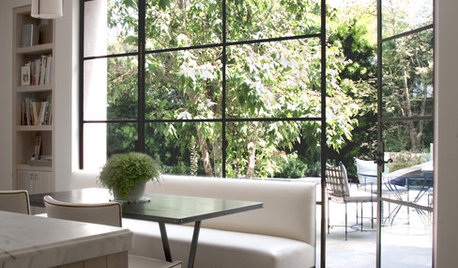
HOUSEKEEPINGThe Best Way to Get Your Windows Spotlessly Clean
Learn the pros’ tips and tricks for cleaning windows and getting them streak-free
Full Story
HOUSEKEEPINGHow to Clean Grout — Stains and All
If your grout is grossing you out, this deep-cleaning method will help it look new again
Full Story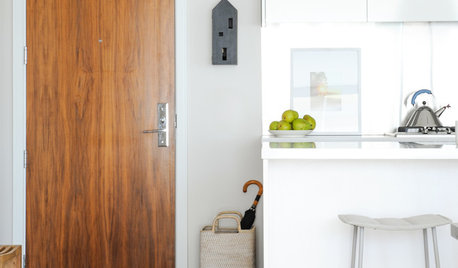
MOST POPULAR5 Ways to Pare Down Your Stuff — Before It Gets in the Door
Want to free up some room around the house? Rethink gift giving, give yourself a shopping mantra and just say, ‘No, thank you’ to freebies
Full Story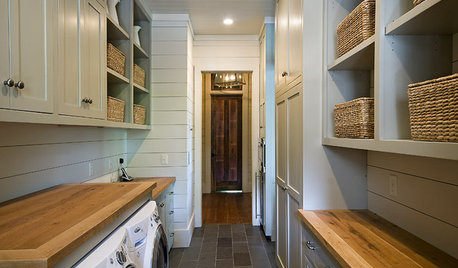
LIFE3 Ways to Get Unstuck — About Organizing, Decorating, Whatever
Break out of the do-nothing rut to accomplish your goals, whether at home or in other parts of your life
Full Story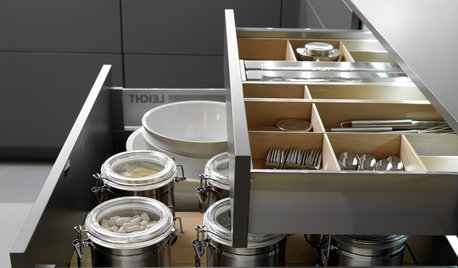
KITCHEN DESIGNGet It Done: Organize Your Kitchen Drawers
Clear 'em out and give the contents a neat-as-a-pin new home with these organizing and storage tips
Full Story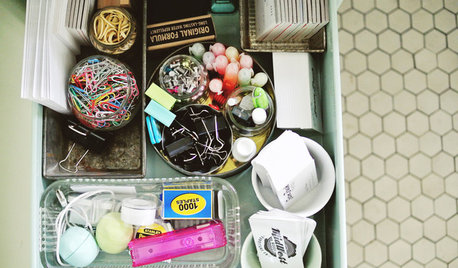
MOST POPULAR8 Ways to Get a Handle on the Junk Drawer
Don’t sweat the small stuff — give it a few drawers of its own, sorted by type or task
Full StorySponsored



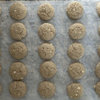


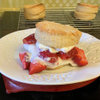
dedtired